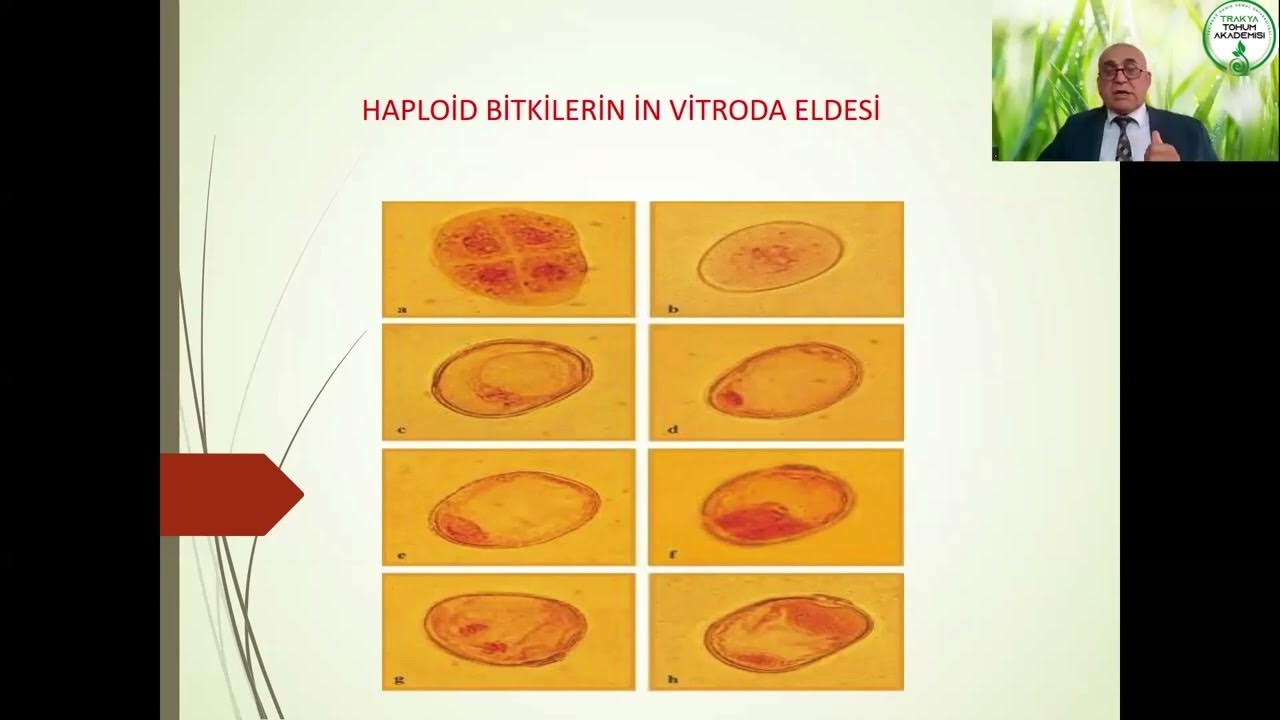Using nuclear science in marker-assisted plant breeding
Summary
TLDRThis video explores the revolutionary advancements in plant breeding through marker-assisted breeding and DNA sequencing technologies. It illustrates how these methods simplify the process of identifying desirable traits in crops, akin to spotting a red dot in a sea of glasses. By employing genetic mapping and statistical algorithms, plant breeders can now efficiently transfer beneficial traits into farmer-preferred varieties, significantly enhancing crop yields and resilience. As agriculture faces the challenges of climate change, these innovations are crucial for ensuring global food security and preserving biodiversity.
Takeaways
- 🌊 Identifying a glass of seawater among drinking water is nearly impossible without a distinct marker.
- 🔬 Plant breeders use genetic variation to develop new crop traits but face challenges in integrating these traits into preferred varieties.
- 🧬 Modern DNA sequencing techniques allow breeders to analyze a plant's entire genetic makeup efficiently.
- 📊 Statistical algorithms and powerful computers help construct genetic maps to identify altered DNA sequences associated with desired traits.
- 🔴 Unique DNA sequences serve as markers, allowing for immediate detection of traits at any stage of the breeding process.
- 🔄 Marker-assisted breeding speeds up the transfer of desired traits into farmer-preferred varieties.
- ☢️ Mutation breeding, using gamma or X-rays, has resulted in thousands of novel crop varieties and increased yields.
- 💰 Increased crop yields from these breeding techniques have generated billions of dollars in revenue for farmers and producers.
- 🌍 Marker-assisted breeding is crucial for ensuring global food security amid changing and unpredictable climate conditions.
- 🌱 This approach also helps in retaining the biodiversity of our natural resources.
Q & A
What metaphor is used to describe the challenge of identifying specific genetic traits in plants?
-The script uses the metaphor of finding a glass of seawater among many glasses of drinking water, highlighting how difficult it is to identify specific traits without proper tools.
What are the primary challenges faced by plant breeders in integrating new traits?
-Plant breeders encounter difficulties due to the lengthy and cumbersome process of crossing various plant varieties and testing at each stage to confirm the desired traits.
How have modern DNA sequencing techniques transformed plant breeding?
-These techniques allow breeders to analyze the entire genetic makeup of plants, enabling the construction of genetic maps and identification of altered DNA sequences associated with desirable traits.
What is the purpose of using unique DNA sequences as markers in breeding?
-Unique DNA sequences serve as markers for specific traits, allowing breeders to detect and select for those traits at any stage of the breeding process without waiting for plants to mature.
What is marker-assisted breeding?
-Marker-assisted breeding is a technique that involves isolating DNA from young plants, analyzing it for specific DNA markers, and selecting plants for the next round of crossing based on the results.
What role does mutation breeding play in crop development?
-Mutation breeding, which involves irradiating seeds with gamma or X-rays, has produced thousands of novel crop varieties and significantly increased yields for various crops.
How have these breeding techniques impacted the agricultural economy?
-The application of mutation breeding and marker-assisted breeding has led to billions of dollars in additional revenue for farmers and producers by enhancing crop yields and efficiency.
Why is the ability to transfer desired traits quickly important in today's climate?
-In an era of rapidly changing and unpredictable climate conditions, the ability to quickly transfer beneficial traits into preferred crop varieties is crucial for ensuring global food security.
What are the implications of these advancements for biodiversity?
-These advancements help preserve biodiversity by enabling the development of resilient crop varieties that can adapt to environmental changes while maintaining a diverse genetic pool.
What is the overall significance of these scientific developments in plant breeding?
-The overall significance lies in their potential to enhance food security and agricultural sustainability by enabling faster and more efficient development of crops that can thrive in diverse conditions.
Outlines

This section is available to paid users only. Please upgrade to access this part.
Upgrade NowMindmap

This section is available to paid users only. Please upgrade to access this part.
Upgrade NowKeywords

This section is available to paid users only. Please upgrade to access this part.
Upgrade NowHighlights

This section is available to paid users only. Please upgrade to access this part.
Upgrade NowTranscripts

This section is available to paid users only. Please upgrade to access this part.
Upgrade Now5.0 / 5 (0 votes)





